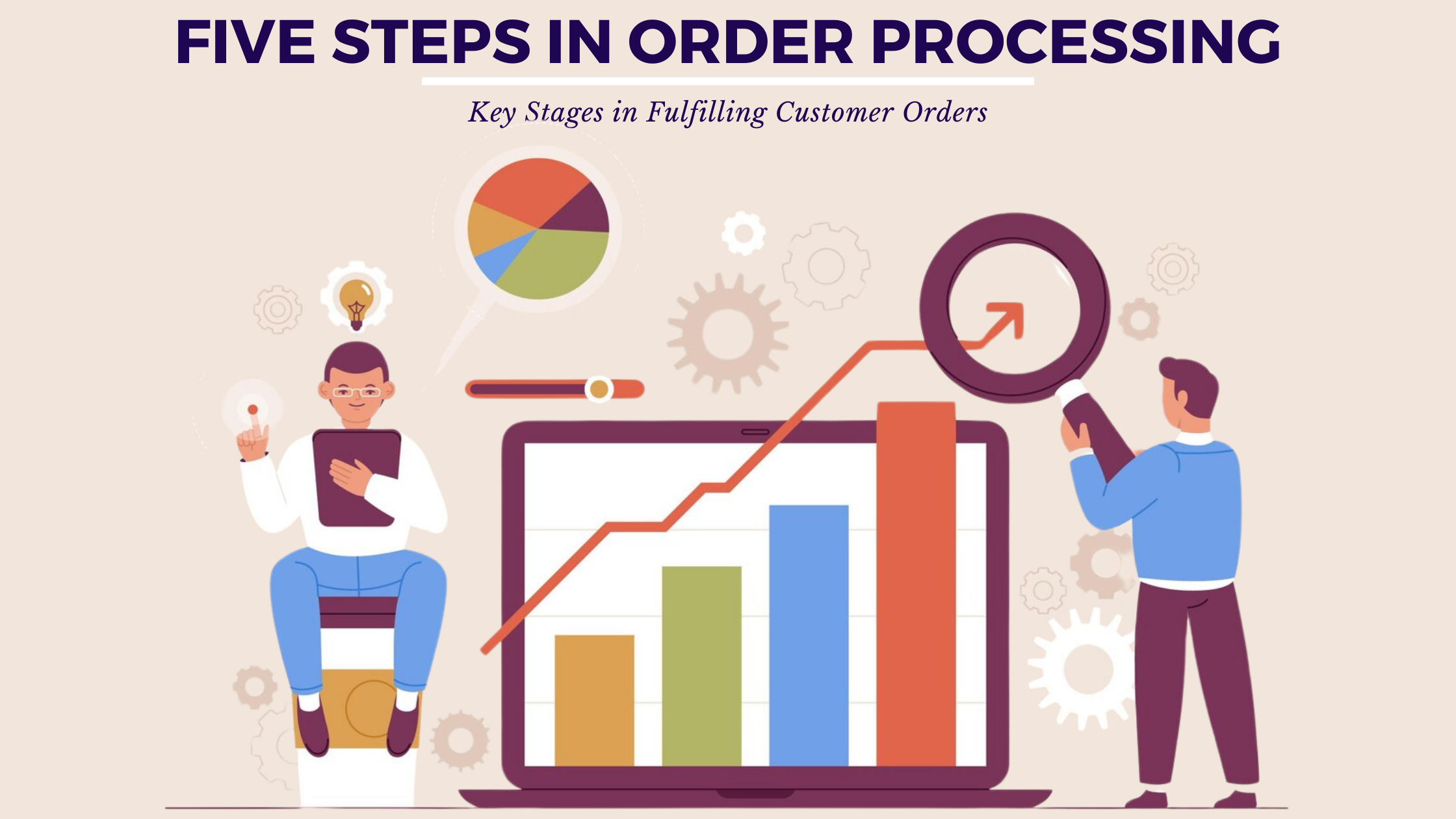Five Steps in Order Processing: Key Stages in Fulfilling Customer Orders


Five Steps in Order Processing: Key Stages in Fulfilling Customer Orders
Order processing is a critical step in selling goods or services. It ensures that customers receive what they have ordered and helps to build trust, increase customer satisfaction, and foster a positive user experience12. Here are the five key stages involved in fulfilling customer orders:
Key Stages in Fulfilling Customer Orders
- Receiving Inventory: Typically, when a customer purchases products, the company immediately purchases the inventory and prepares it for shipping1. You may receive your company’s inventory from a wide variety of places, like a third-party vendor or from your own company’s warehouse1.
- Planning: During this stage, the strategy is designed and the order data is filtered for more efficient performance in the order processing process1.
- Picking: The picking stage refers to the action of taking all the items that make up the order from the inventory1.
- Verification: The verification stage consists of confirming that the picked items are the products requested by the customer1.
- Shipping: The parcel is handed to the shipping company. This courier will be in charge of delivering it to the final customer1.
Relevant SaaS Products for Order Processing
Here are some relevant SaaS products that can help automate various aspects of your order processing:
- BigCommerce3: Offers various APIs for managing store data, authenticating customers, making client-side queries for product info, and more3.
- WooCommerce1: Provides operations that can be streamlined and controlled using its API1.
- Ecwid1: Offers a secure API that works on the oAuth2 authentication model1.
- Magento1: A flexible and scalable e-commerce platform that offers powerful features for growing businesses1.
- OpenCart1: A free, open-source e-commerce platform that offers a plethora of features and is easy to use1.
Conclusion
Understanding the order processing steps and implementing efficient order management strategies can lead to significant operational enhancements. By leveraging the power of SaaS products, businesses can enhance their operational efficiency, leading to increased customer satisfaction and more sales.
Relevant links:
- What Is Order Processing? 5 Steps & 10 Tips to Improve
- Order Processing: Meaning, Importance, and Steps
- What is Order Management? | Process & Cycle
- Order Processing – Definition, Steps, Factors & Example
- BigCommerce Official Website
- WooCommerce Official Website
- Ecwid Official Website
- Magento Official Website
- OpenCart Official Website.











